Home>Gardening & Outdoor>Plant Care & Gardening Tips>Where To Take Wildflower Photos
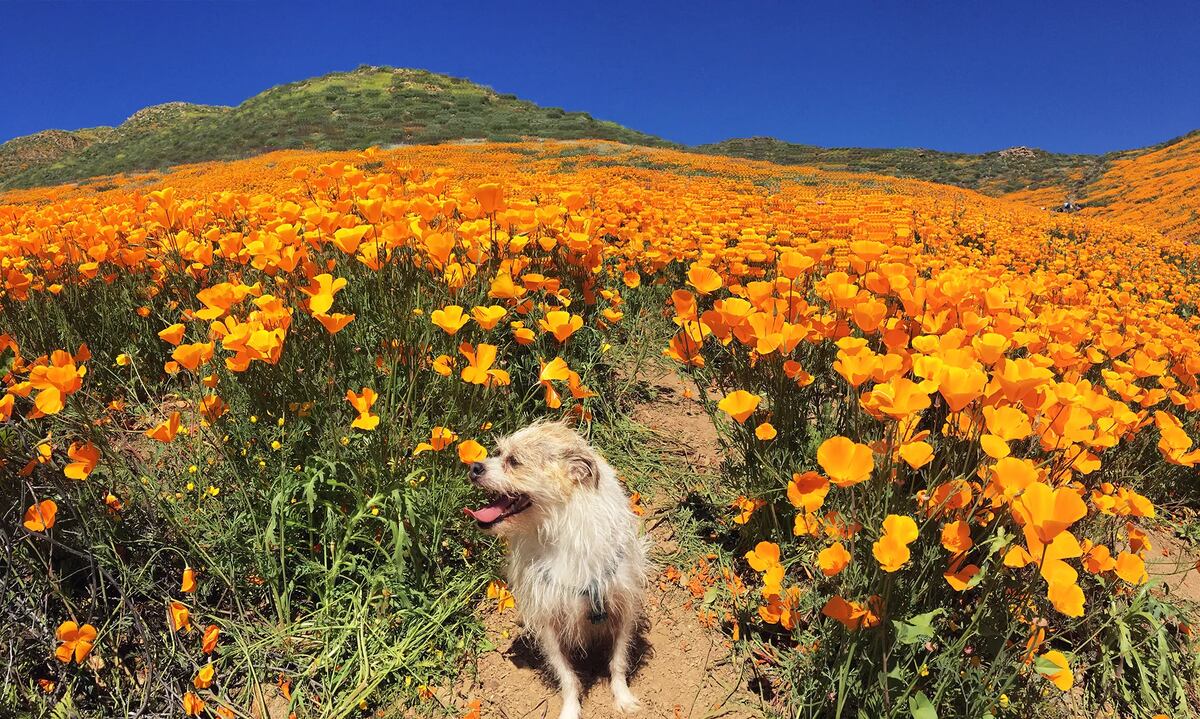

Plant Care & Gardening Tips
Where To Take Wildflower Photos
Modified: January 5, 2024
Discover the best locations for capturing stunning wildflower photos and get expert plant care and gardening tips to enhance your photography skills. Explore our guide now!
(Many of the links in this article redirect to a specific reviewed product. Your purchase of these products through affiliate links helps to generate commission for Storables.com, at no extra cost. Learn more)
Introduction
Welcome to the enchanting world of wildflower photography! Capturing the beauty of wildflowers in their natural habitat can be a truly rewarding and awe-inspiring experience. Whether you are a seasoned photographer or a nature enthusiast with a passion for photography, wildflowers offer a captivating subject that allows you to connect with the natural world in a unique way. In this article, we will delve into the best locations for wildflower photography, provide valuable tips for capturing stunning wildflower photos, and explore the essential equipment and camera settings to elevate your wildflower photography skills.
Wildflowers are not only visually stunning but also hold symbolic significance in various cultures, representing resilience, beauty, and the ephemeral nature of life. As you embark on your wildflower photography journey, you will have the opportunity to immortalize these delicate yet resilient blooms through your lens, preserving their fleeting beauty for generations to come.
Whether you are drawn to the vibrant hues of poppies, the delicate elegance of bluebells, or the intricate patterns of wild daisies, each wildflower species offers a unique photographic subject waiting to be discovered. Join us as we venture into the breathtaking world of wildflower photography, where every petal tells a story and every photo captures a fleeting moment of natural splendor.
Key Takeaways:
- Discover the best locations for wildflower photography, from meadows to coastal cliffs, and capture the vibrant beauty of nature in your photos.
- Elevate your wildflower photography with tips like using golden hour light, macro lenses, and creative compositions to capture the delicate details of wildflowers.
Read more: Where To See Wildflower Blooms
Best Locations for Wildflower Photography
When it comes to capturing stunning wildflower photos, the location plays a pivotal role in determining the diversity and abundance of floral subjects at your disposal. Here are some of the best locations for wildflower photography that offer a kaleidoscope of colors and species to ignite your creativity:
- Wildflower Meadows: Vast meadows adorned with an array of wildflowers provide an idyllic setting for photography. Look for meadows nestled in national parks, nature reserves, or countryside landscapes, where you can encounter a rich tapestry of wildflower species thriving in their natural habitat.
- Botanical Gardens: Botanical gardens are havens of floral diversity, showcasing meticulously curated collections of native and exotic wildflowers. These gardens offer a treasure trove of photographic opportunities, allowing you to capture both wide-angle shots of expansive floral displays and close-up macro shots of individual blooms.
- Mountain Trails: Hiking along mountain trails during the peak wildflower season unveils a breathtaking spectacle of alpine flora. From vibrant alpine daisies to elusive mountain orchids, these trails lead you through enchanting landscapes adorned with a myriad of wildflower species, providing a picturesque backdrop for your photography.
- Coastal Cliffs and Dunes: Coastal regions boast their own unique assemblage of wildflowers, adapted to thrive in the salt-laden air and sandy soils. Explore coastal cliffs, dunes, and headlands to capture the rugged beauty of coastal wildflowers, such as sea thrift, beach evening primrose, and coastal lupine.
- Woodlands and Forest Clearings: Delve into woodlands and seek out sun-dappled clearings adorned with woodland wildflowers. From the delicate blooms of spring ephemerals to the vibrant hues of woodland phlox, these serene settings offer a tranquil backdrop for capturing the enchanting allure of woodland wildflowers.
Each of these locations presents a captivating canvas for wildflower photography, allowing you to immerse yourself in the diverse tapestry of floral beauty that unfolds across varied landscapes. By exploring these natural habitats, you can uncover a plethora of wildflower species and compositions, each offering a unique opportunity to hone your photographic skills and unleash your creative vision.
Tips for Capturing Stunning Wildflower Photos
Capturing breathtaking wildflower photos requires a blend of technical proficiency, artistic vision, and a deep appreciation for the natural world. Here are some valuable tips to elevate your wildflower photography and immortalize the enchanting beauty of these delicate blooms:
- Golden Hour Magic: Make the most of the soft, warm light during the golden hours – the first and last hours of sunlight – to infuse your wildflower photos with a captivating glow. The gentle, directional light during these times enhances the textures and colors of the blooms, adding a touch of magic to your images.
- Macro Marvels: Embrace the intricate details of wildflowers by using a macro lens to capture close-up shots. Explore the delicate patterns of petals, the subtle textures of leaves, and the mesmerizing nuances of pollen-laden stamens, allowing viewers to immerse themselves in the miniature world of wildflower beauty.
- Composition Creativity: Experiment with composition techniques such as the rule of thirds, leading lines, and negative space to create visually compelling wildflower photos. Consider incorporating natural elements like rocks, streams, or tree branches to add depth and context to your compositions, elevating the visual impact of your images.
- Weather and Atmosphere: Embrace the dynamic interplay of weather and atmosphere to add drama and emotion to your wildflower photos. Capture rain-kissed petals glistening in the sunlight, or seek out mist-shrouded meadows where wildflowers emerge as ethereal, otherworldly subjects against a backdrop of atmospheric haze.
- Seasonal Splendor: Pay attention to the seasonal cycles of wildflowers and plan your photography outings to coincide with peak bloom periods. From the vibrant bursts of spring wildflowers to the rich tapestries of summer blooms, each season offers a unique spectacle of floral abundance waiting to be immortalized through your lens.
By incorporating these tips into your wildflower photography endeavors, you can unlock the full potential of your creative expression and capture stunning images that celebrate the ephemeral beauty of wildflowers. Each photo becomes a testament to the intricate artistry of nature, inviting viewers to embark on a visual journey through the enchanting world of wildflower photography.
Look for wildflower meadows, open fields, and nature reserves for the best opportunities to take wildflower photos. These areas are often rich in diverse and colorful blooms.
Equipment and Camera Settings for Wildflower Photography
Equipping yourself with the right gear and mastering essential camera settings is crucial for capturing exquisite wildflower photos that do justice to the intricate beauty of these blooms. Here’s a guide to the essential equipment and camera settings tailored for wildflower photography:
- Camera and Lens Selection: Opt for a DSLR or mirrorless camera with manual controls to have the flexibility to fine-tune your settings. A versatile macro lens, such as a 100mm or 105mm, is ideal for capturing intricate details and achieving beautiful bokeh in the background, isolating the wildflowers from their surroundings.
- Tripod Stability: A sturdy tripod is indispensable for achieving sharp, detailed wildflower photos, especially in low-light conditions or when using a macro lens. It provides stability, allowing you to compose your shots with precision and explore longer exposure times without compromising image quality.
- Remote Shutter Release: Using a remote shutter release or the camera’s self-timer function minimizes the risk of camera shake when capturing close-up shots of wildflowers. This ensures that your images remain tack-sharp, preserving the intricate details of the blooms without any blurring caused by manual shutter actuation.
- Optimal Aperture and Shutter Speed: When photographing wildflowers, using a wide aperture (e.g., f/2.8 to f/5.6) creates a pleasing background blur, drawing attention to the main subject. Adjust your shutter speed accordingly to achieve proper exposure while maintaining sharpness, especially in breezy conditions where wildflowers sway in the wind.
- Focusing Techniques: Explore different focusing methods, such as manual focus and selective autofocus points, to ensure precise focus on the intricate details of wildflowers. Utilize focus peaking or magnification features to fine-tune your focus and capture the delicate nuances of petals and stamens with utmost clarity.
- White Balance and Exposure Compensation: Pay attention to white balance settings to accurately render the natural colors of wildflowers. Additionally, consider using exposure compensation to fine-tune the exposure and preserve the delicate tonal gradations of the blooms, especially when photographing vibrant or pastel-hued wildflowers.
By leveraging the right equipment and mastering the nuances of camera settings tailored for wildflower photography, you can elevate your craft and unleash the full potential of your creative vision. Each wildflower photo becomes a testament to the delicate artistry of nature, inviting viewers to immerse themselves in the captivating world of floral beauty.
Conclusion
Embarking on a wildflower photography expedition is a journey of discovery, creativity, and profound connection with the natural world. As you venture into the diverse landscapes and floral wonderlands, armed with the knowledge of prime locations, expert tips, and essential equipment, you are poised to capture the ephemeral beauty of wildflowers with finesse and artistry.
Each wildflower photo is a testament to the intricate artistry of nature, encapsulating the delicate details, vibrant hues, and ephemeral allure of these blooms. Through your lens, you have the power to immortalize fleeting moments of natural splendor, preserving the timeless beauty of wildflowers for generations to come.
Furthermore, wildflower photography transcends the realm of visual artistry, offering a profound opportunity to connect with the symbolism and significance of these blooms. From the resilience embodied by hardy alpine wildflowers to the fleeting beauty encapsulated by ephemeral spring blooms, each wildflower species holds a narrative waiting to be captured and shared through your photography.
As you navigate the diverse terrain of wildflower photography, remember that each click of the shutter is an invitation for viewers to embark on a visual journey through the enchanting world of wildflowers. Your photos serve as windows into the intricate ecosystems and natural wonders that unfold across meadows, woodlands, mountains, and coastal realms, inviting others to embrace the wonder and fragility of the natural world.
Whether you are drawn to the vibrant tapestries of summer wildflowers, the delicate blooms of woodland glades, or the rugged beauty of coastal flora, wildflower photography offers an endless wellspring of inspiration and creative expression. Embrace the challenge, immerse yourself in the beauty of nature, and let your wildflower photos weave a captivating narrative that celebrates the timeless allure of these exquisite blooms.
So, grab your camera, venture into the wild, and let the enchanting world of wildflower photography unfold before your lens, capturing moments of ephemeral beauty that resonate with the hearts and minds of all who behold your artistry.
Frequently Asked Questions about Where To Take Wildflower Photos
Was this page helpful?
At Storables.com, we guarantee accurate and reliable information. Our content, validated by Expert Board Contributors, is crafted following stringent Editorial Policies. We're committed to providing you with well-researched, expert-backed insights for all your informational needs.

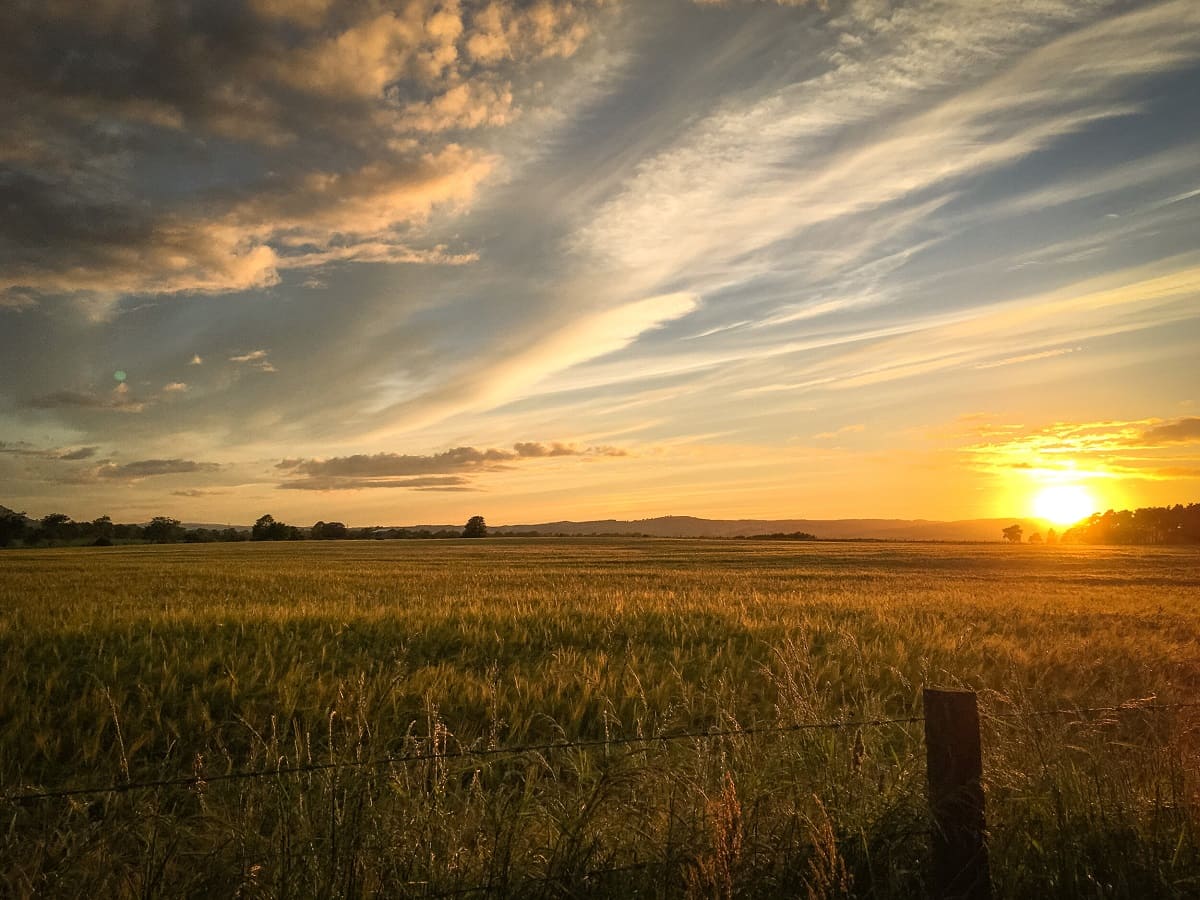
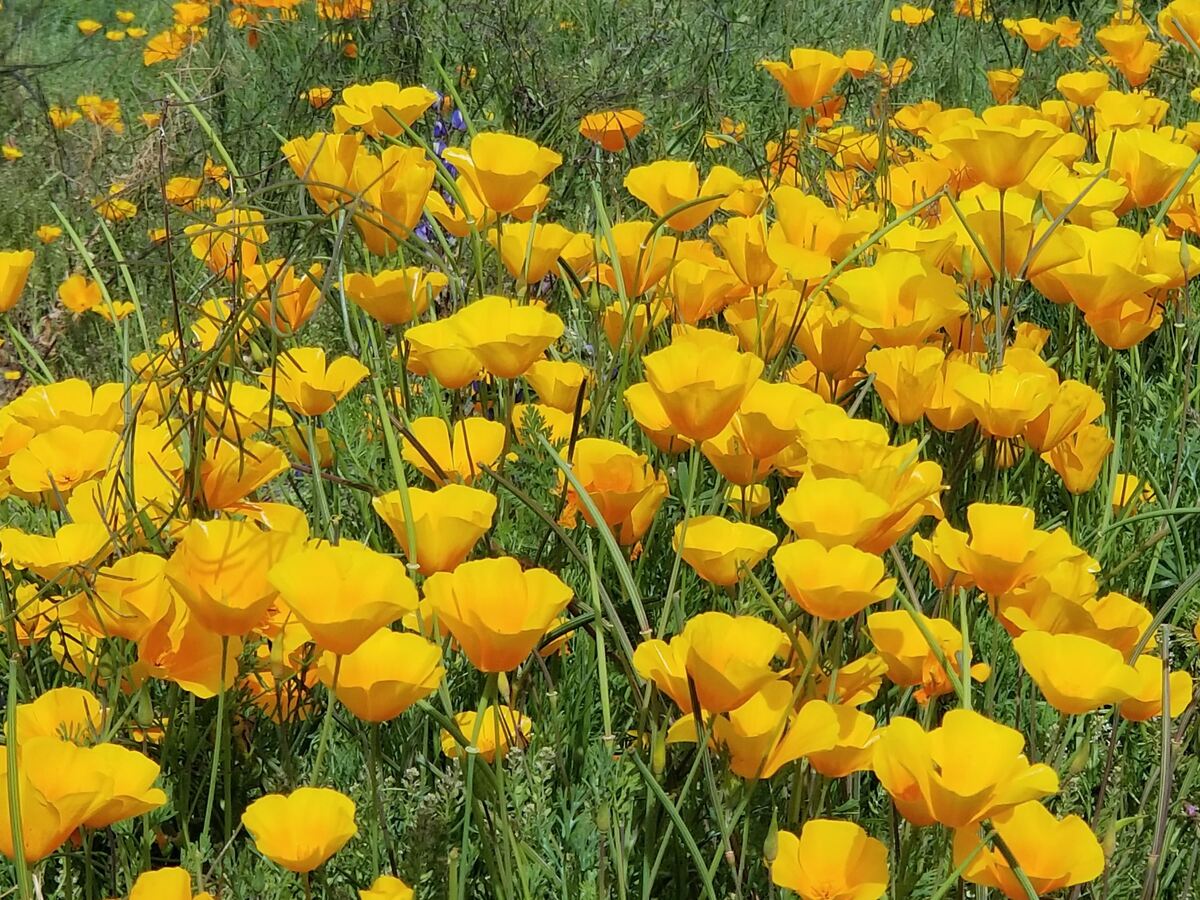
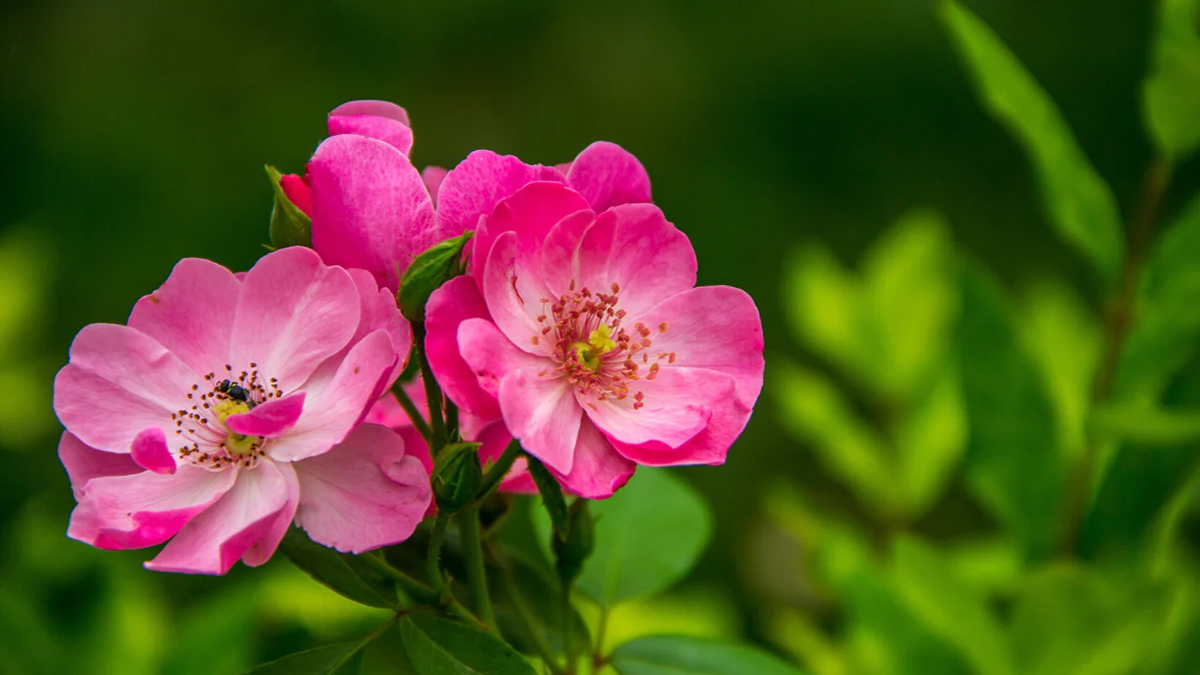
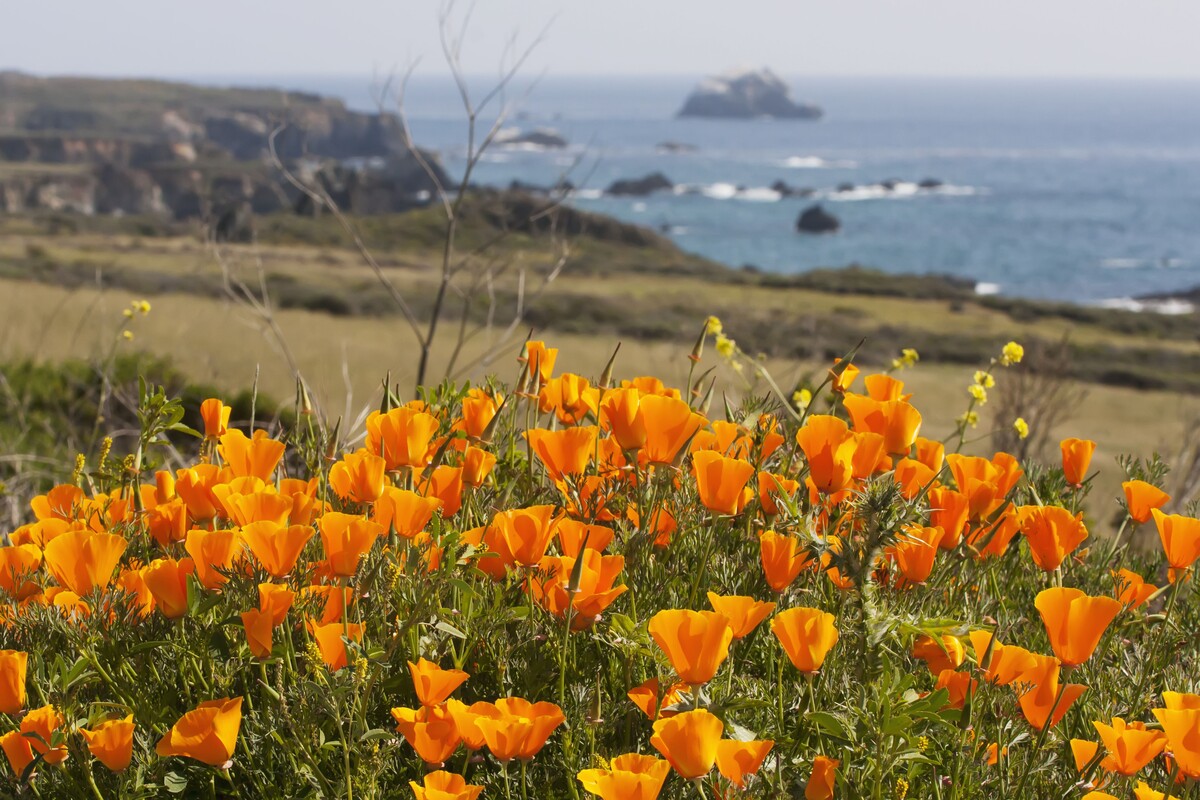
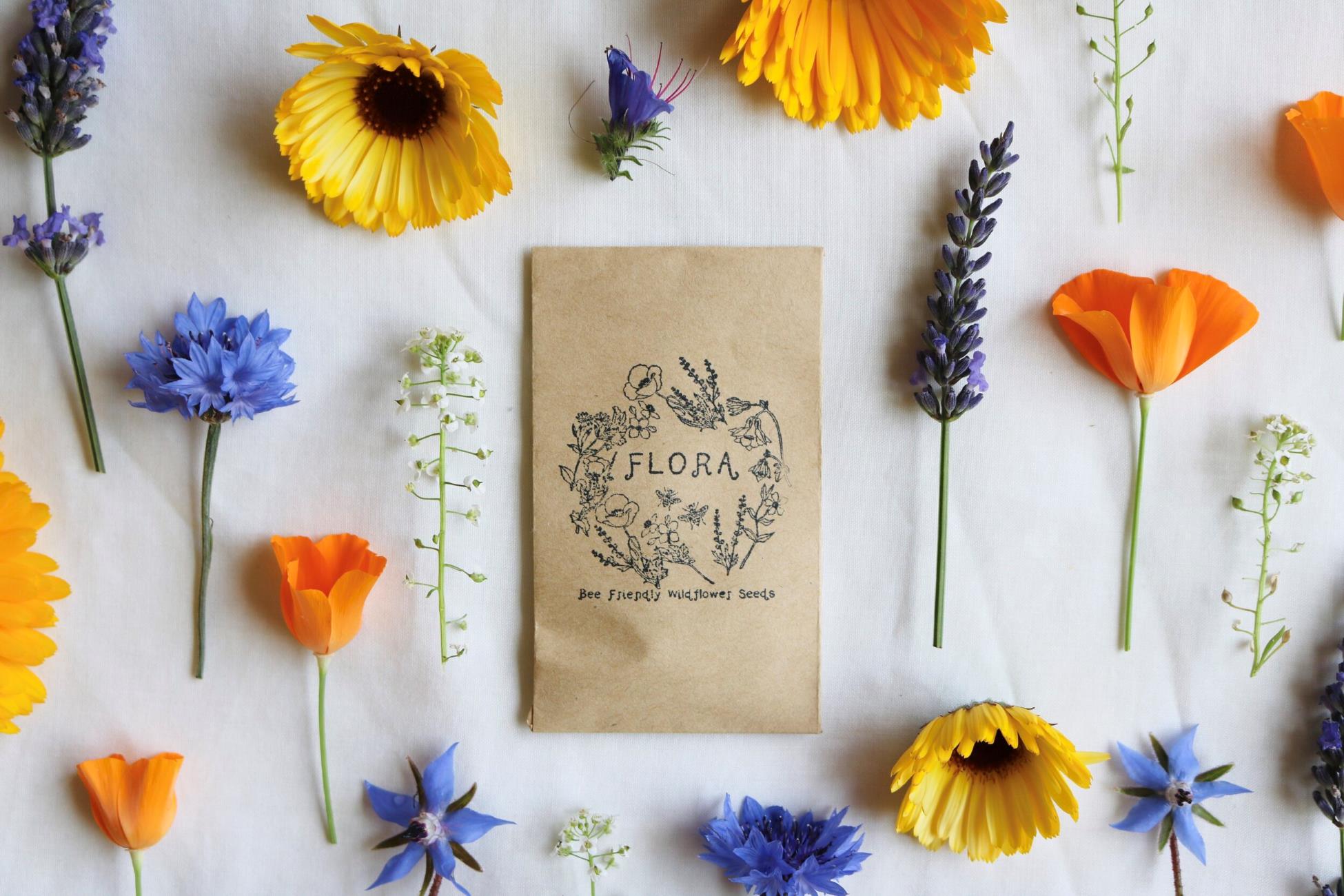
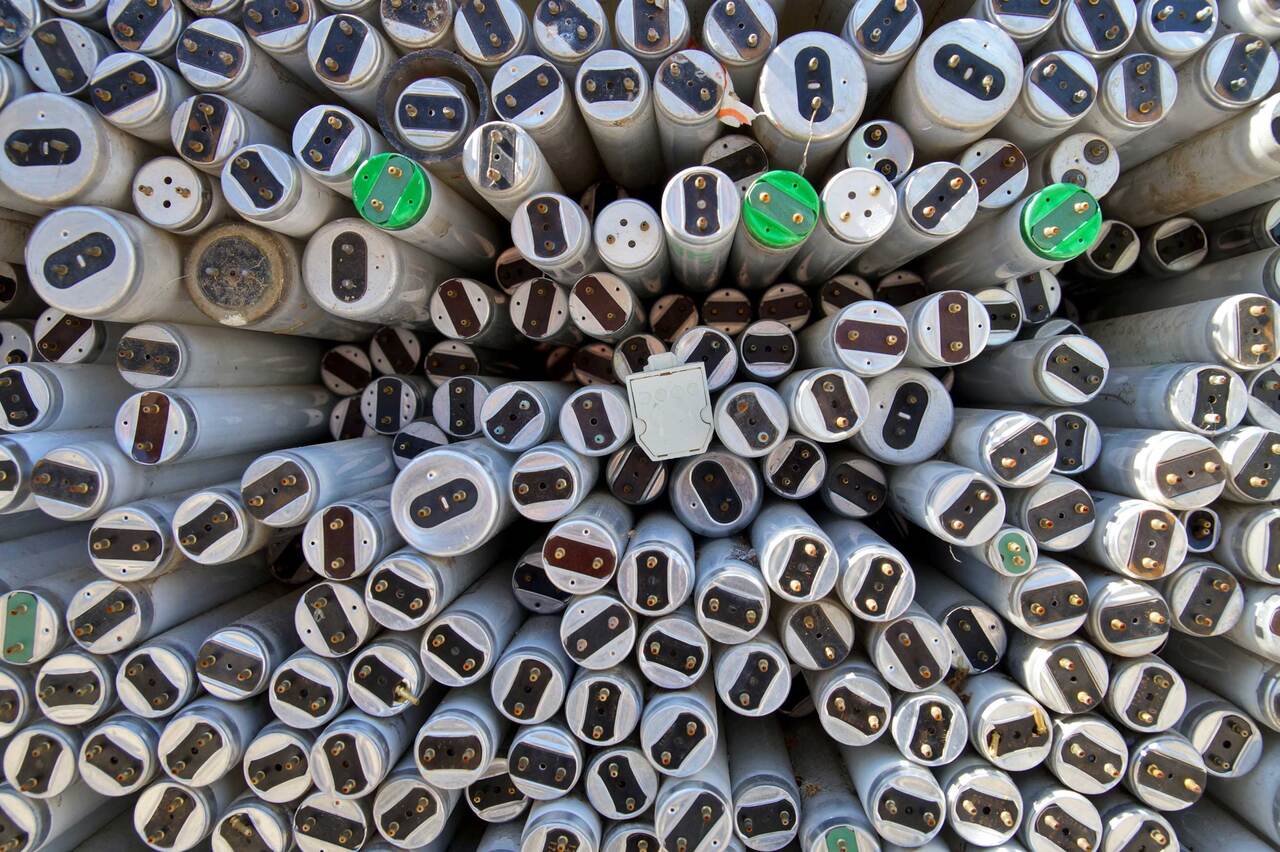
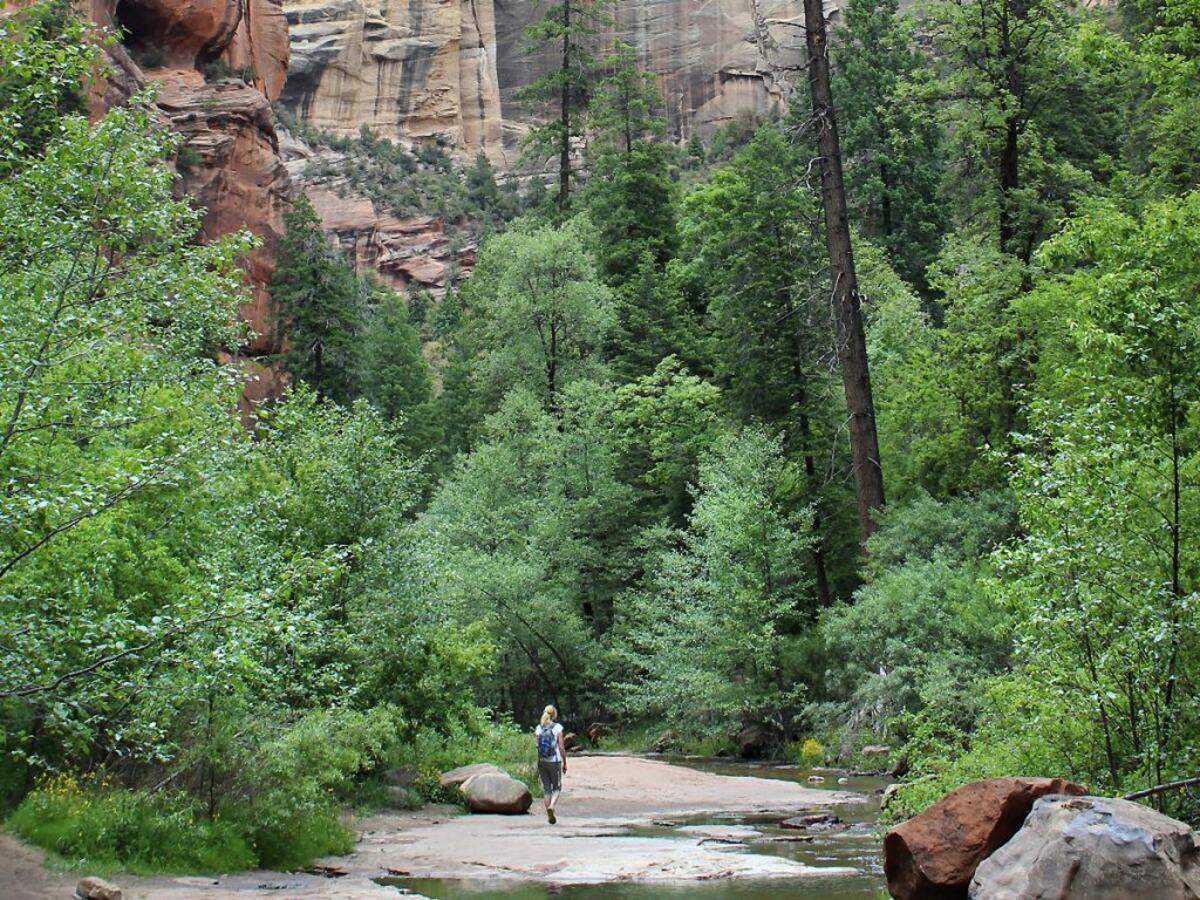
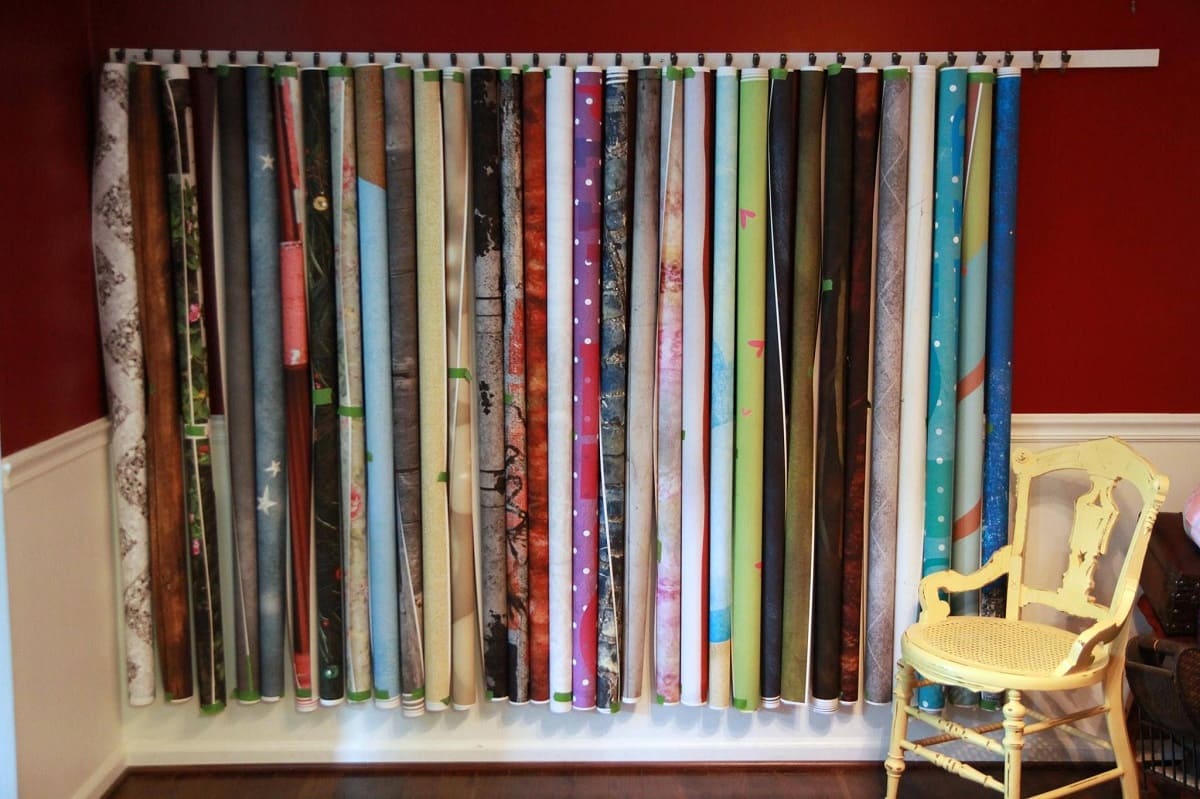
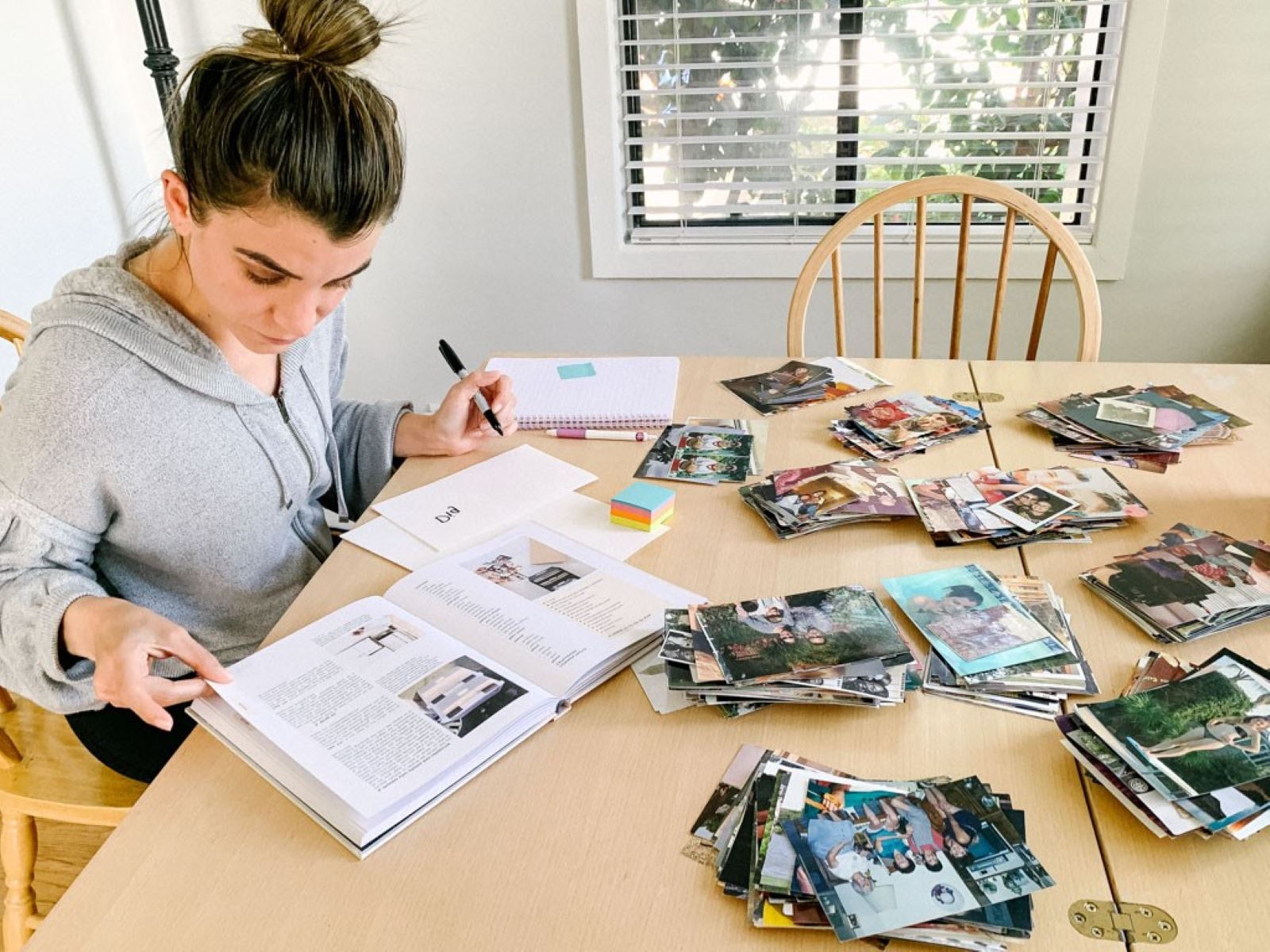
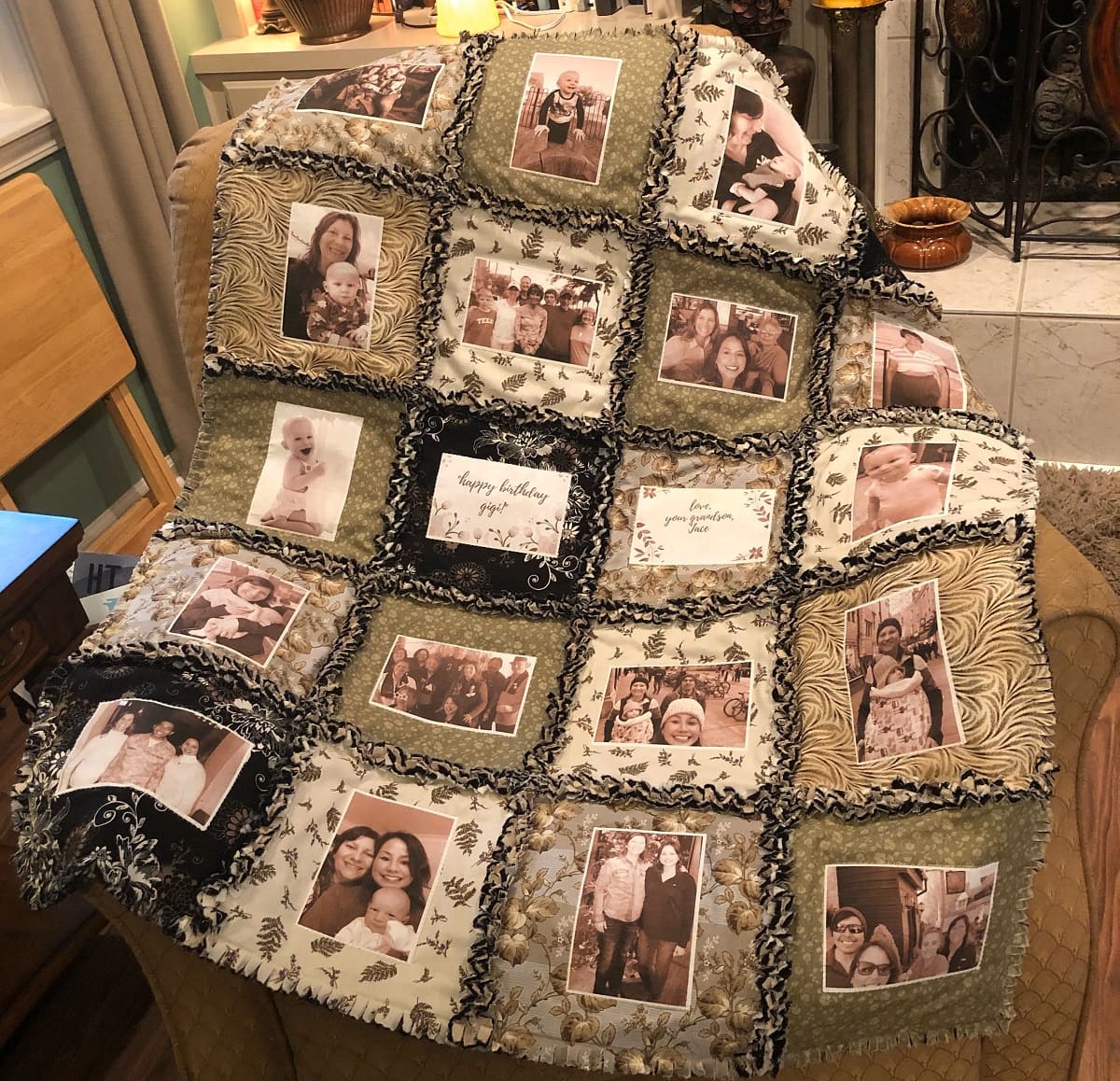
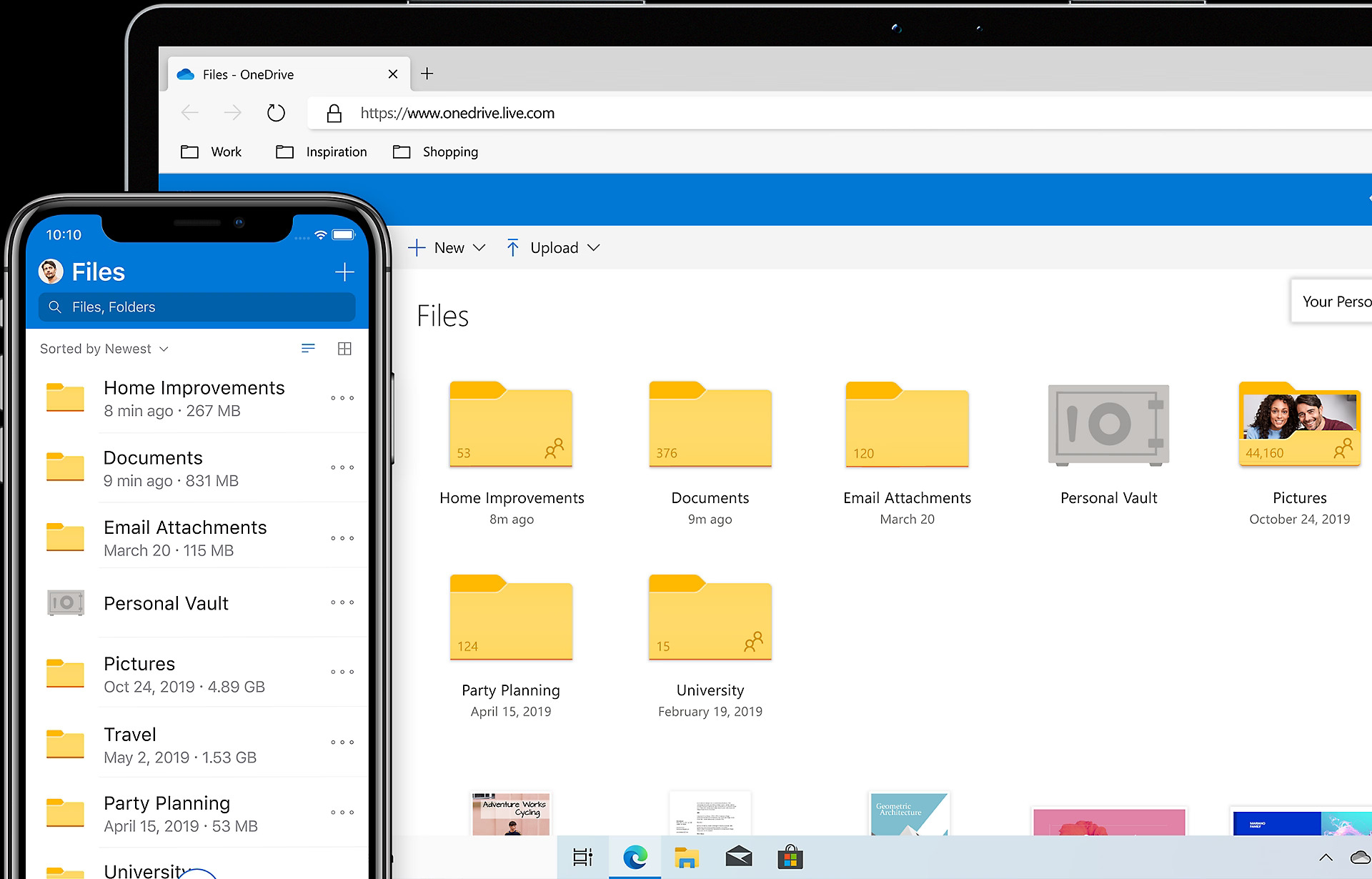
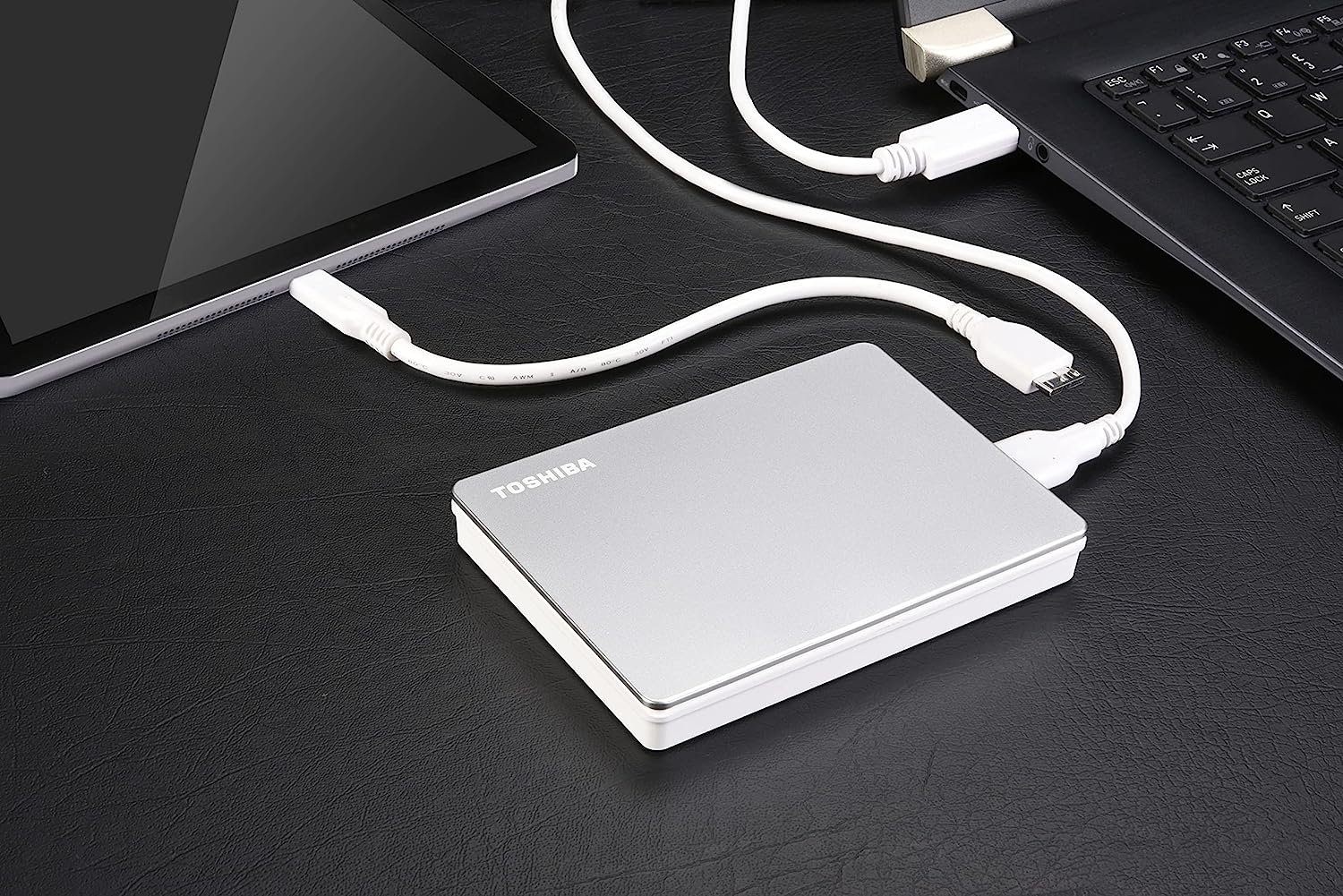



0 thoughts on “Where To Take Wildflower Photos”